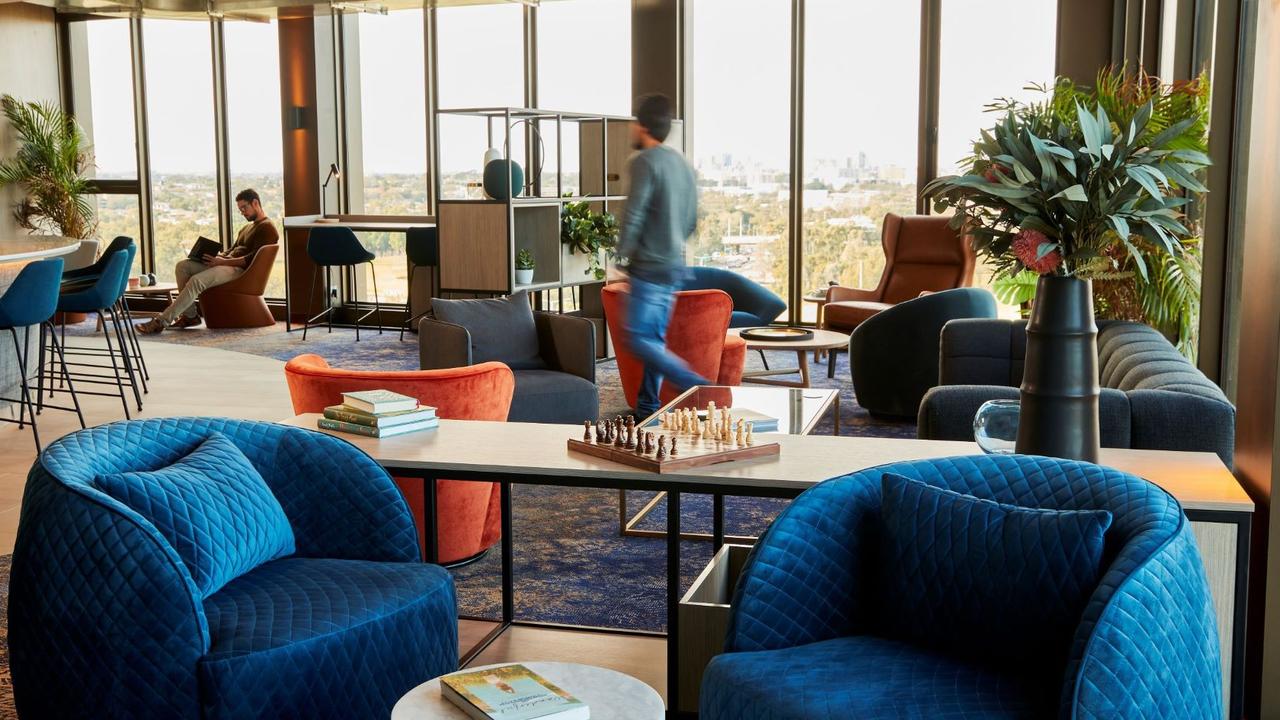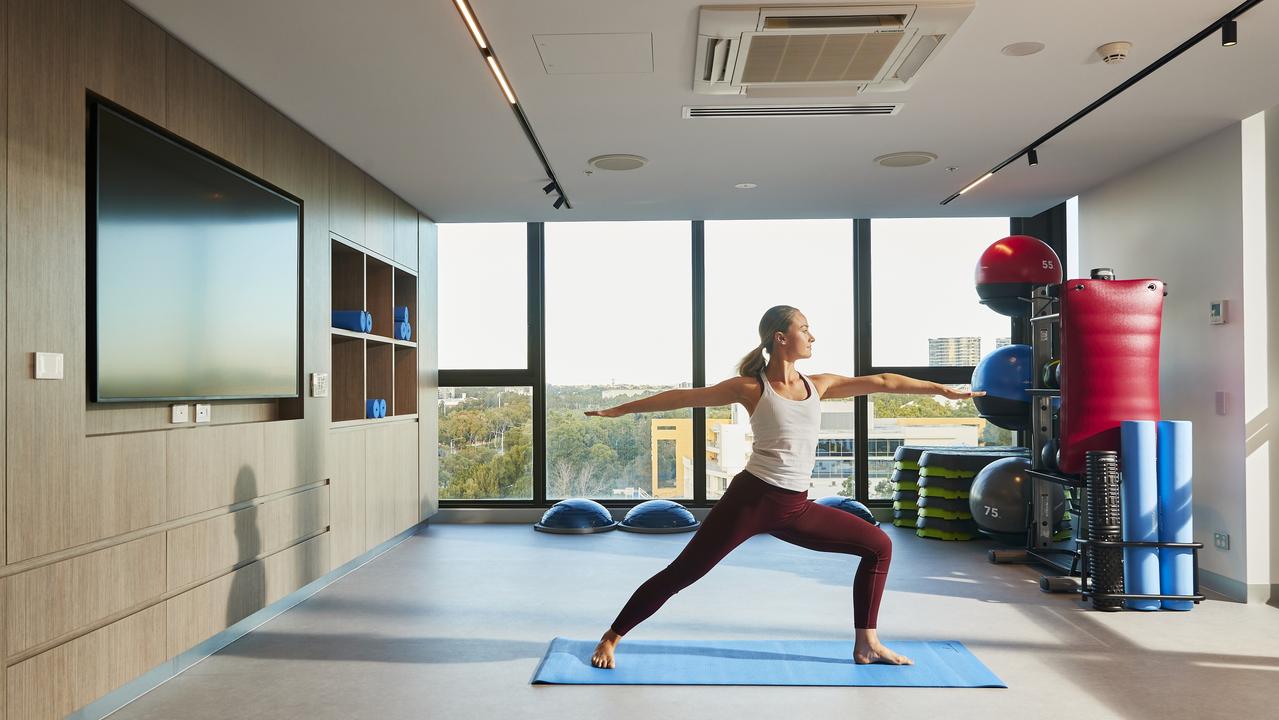Mirvac gives fascinating window into massive change across Australian property market
A major property developer has provided a fascinating look into the huge change the pandemic has caused in all aspects of the market.
Property developer Mirvac has provided a window into the massive, pandemic-driven change under way in all aspects of the market and detailed its increasing focus on the burgeoning build-to-rent sector while reporting a first-half profit slump.
The Australian Institute of Architects describes build-to-rent developments as being typically owned by institutional investors while providing tenants with the flexibility of renting and the security of home ownership.
The institute says the build-to-rent pioneer in Australia is Mirvac, which has opened and now 48 per cent leased its foray into the model, the LIV Indigo project in Sydney Olympic Park.
“Build to rent is an alternative housing option,” Mirvac says on its website spruiking the development.
“You can take advantage of long-term leasing options where you can truly settle into the local neighbourhood.
“You can choose your ideal new apartment and paint and hang artwork to your heart’s content. Pets are welcome, and there are even dog washing facilities onsite for your furry friend.

“And, you can choose how many parking spaces you need (or don’t), whether you’d like extra storage, and whether you’d like to work from home for the day in your building’s fully equipped office space.”
Mirvac urges home seekers to “forget the Hills Hoist, the whipper snipper and the 30-year plus mortgage”, saying “the new Australian Dream is more flexible and connected than ever before and makes more room for the important things”.
In its first-half report released on Friday, Mirvac chief executive Susan Lloyd-Hurwitz said the company was gaining valuable insights from LIV Indigo that would inform the rollout of its growing pipeline of build-to-rent projects.
During the period, Mirvac received development approval for its LIV Newstead development in Brisbane, taking its future portfolio to about 2200 units across five sites with an estimated total end value of $1.6bn.

“The emergence of the build-to-rent sector is gathering pace in Australia,” Ms Lloyd-Hurwitz said.
She said it was an important growth area for the business, along with industrial property, where rent collection rates were 100 per cent during the half year compared with just 84 per cent for its retail properties.
“COVID-19 has accelerated the growth in e-commerce, which is in turn driving demand for high quality logistics facilities in Sydney,” she said.
Despite so many people working from home, office occupancy was 96 per cent, with a rent collection rate of 97 per cent.
“While cities will evolve as a result of the pandemic, they remain more important than ever,” Ms Lloyd-Hurwitz said.
“Our proven asset creation capability and our $28bn total development pipeline will enable Mirvac to continue to deliver city-shaping, mixed-use precincts that cater to our customers’ changing lifestyles.”

Its portfolio of urban shopping centres continued to operate in a challenging environment but was “well positioned” because of its focus on higher income, higher growth and densely populated areas.
She said Mirvac’s residential division continued to benefit from government residential housing stimulus measures, which had boosted demand and the economy.
“With a robust pipeline of approximately 27,800 lots, we are focused on enhancing the designs of our homes and communities to meet changing customer needs, including home offices and flexible family spaces,” she said.
“We are also anticipating more than 2200 residential settlements for the full year to 30 June.”
That’s down from 2563 settlements in the 2020 financial year, which included a record 1130 apartments.
Mirvac’s first-half statutory profit slid to $396m from $613m for the previous corresponding period.



